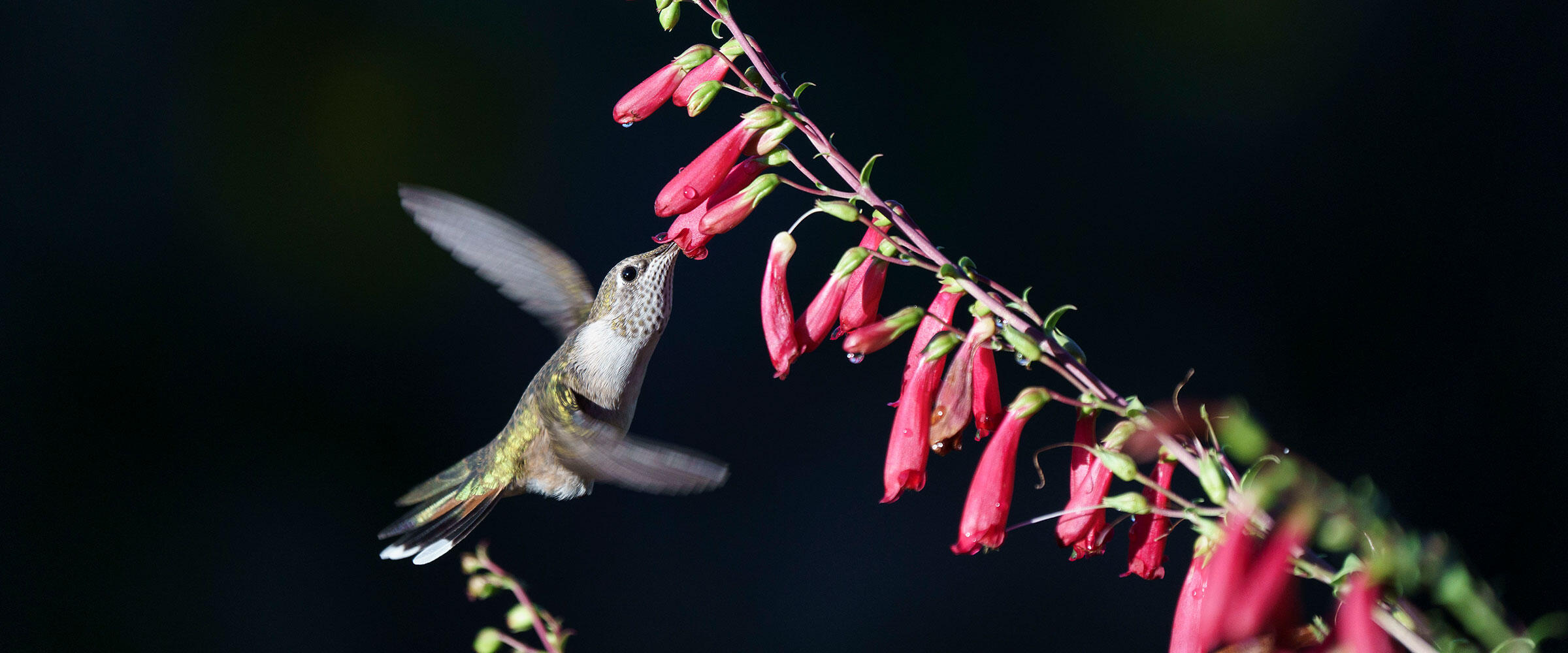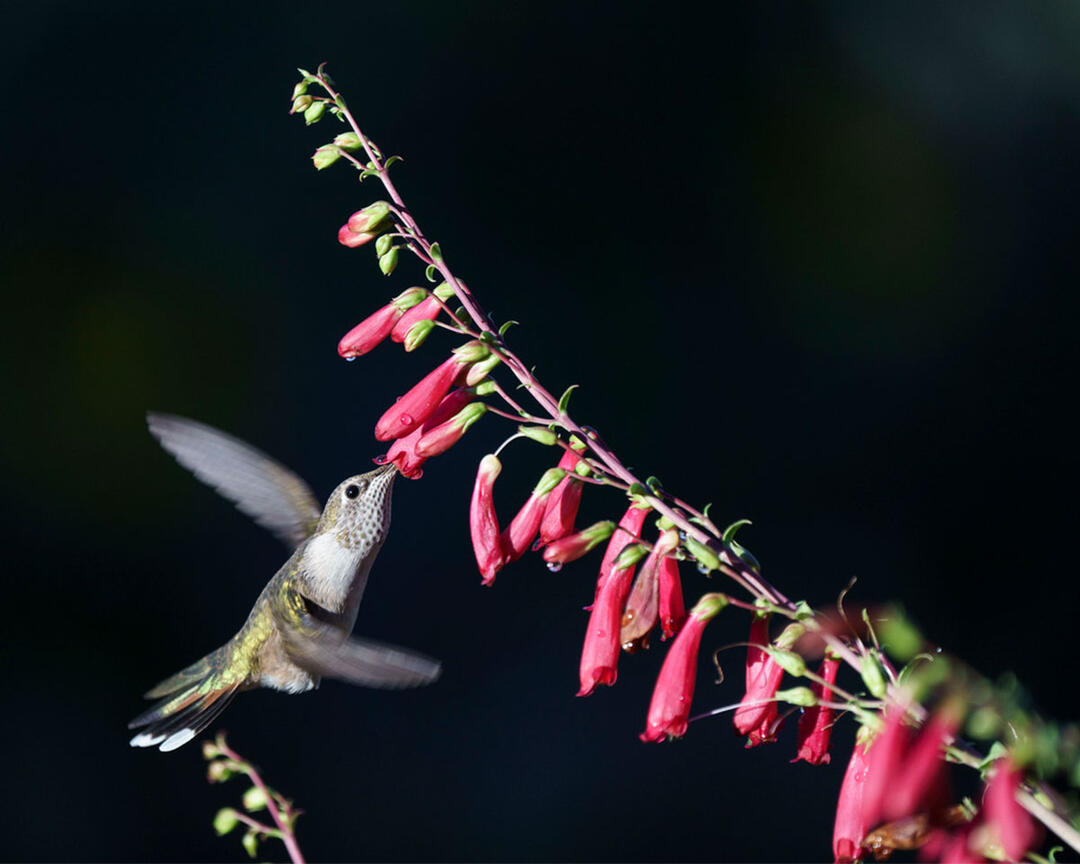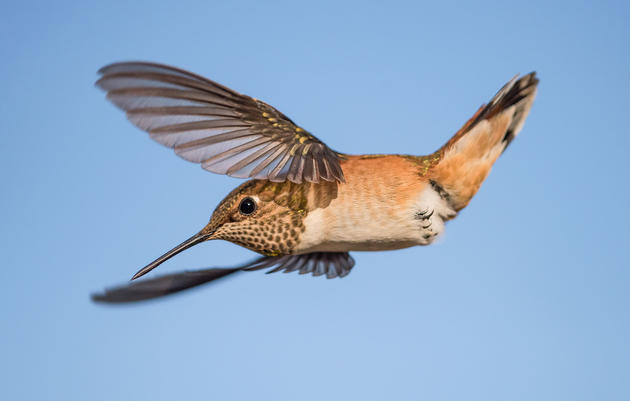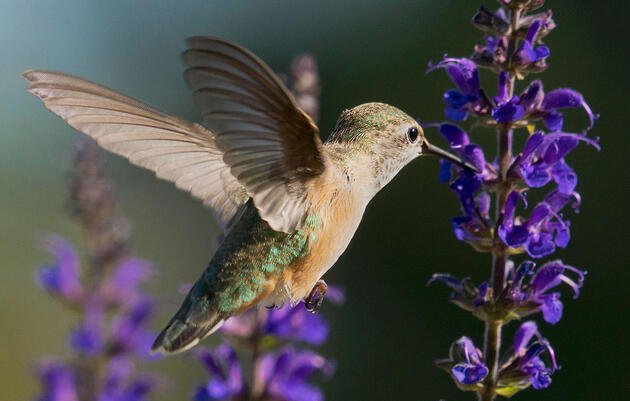One of the best ways to attract hummingbirds to your landscape is to add native plants that are rich in nectar and bloom during different parts of the year. Here are nine regionally native perennials for hummingbirds that are ideal for waterwise Habitat Hero gardens in Colorado, Utah, and Wyoming.
Late Spring to Early Summer Bloomers
Penstemon (aka, Beardtongue)
Penstemon species
Thriving in sunny conditions, penstemons have tube-shaped flowers that are jam-packed with nectar, making them attractive to hummingbirds and other pollinators. You’ll find native penstemons across Colorado, Utah, and Wyoming, from desert to mountain habitats. Typically, penstemons offer an early-season source of nectar, but some will bloom (or rebloom) in late summer.

Coral Bells
Heuchera species
Coral bells are shade-loving perennials with wide, colorful leaves, but it’s the nectar in their tiny, bell-shaped flowers that attracts hummingbirds. If you’d like a Western native species, look for Sandia coral bells (Heuchera pulchella). It thrives in well-drained gardens up to 8,000+ feet.
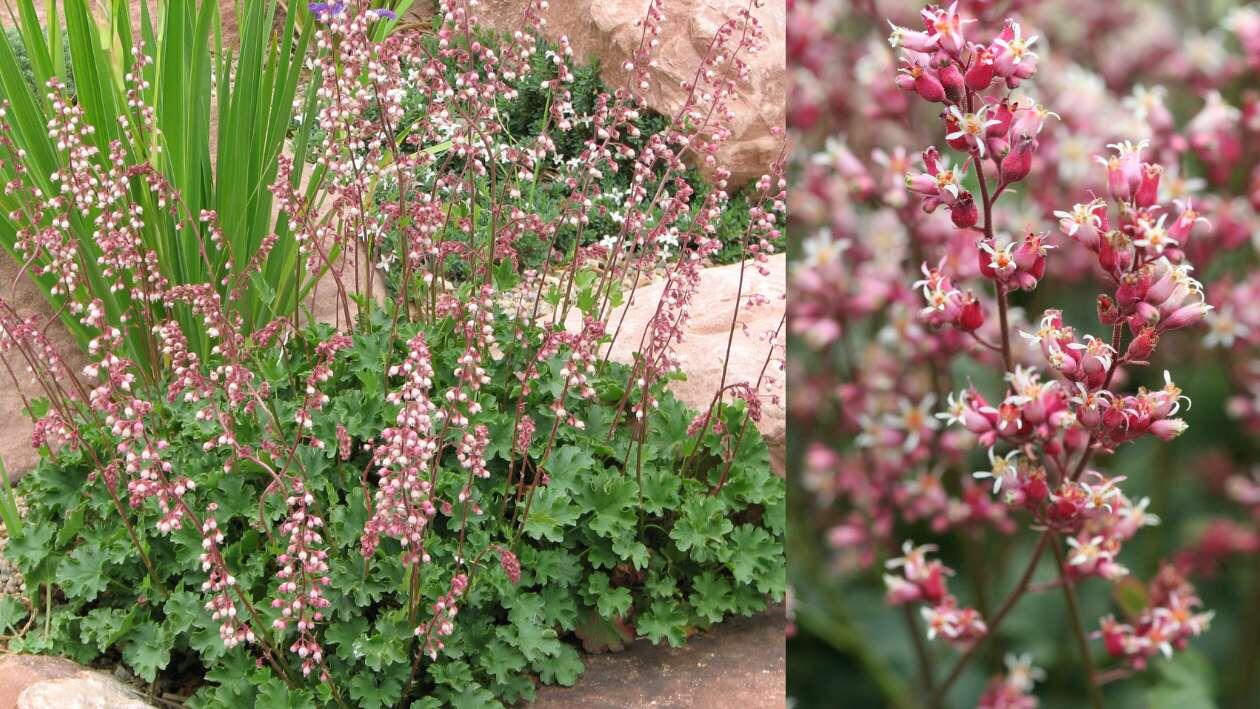
Columbine
Aquilegia species
Columbines usually prefer moist, well-drained conditions—ideal for many higher-elevation gardens. For a tough, drought-tolerant columbine for lower elevations, look for native golden columbine (Aquilegia chrysantha). It’s often called DENVER GOLD® or Golden Spur. This showy, wild species of columbine is native to parts of Colorado’s Front Range, southern Utah, and the Southwest.
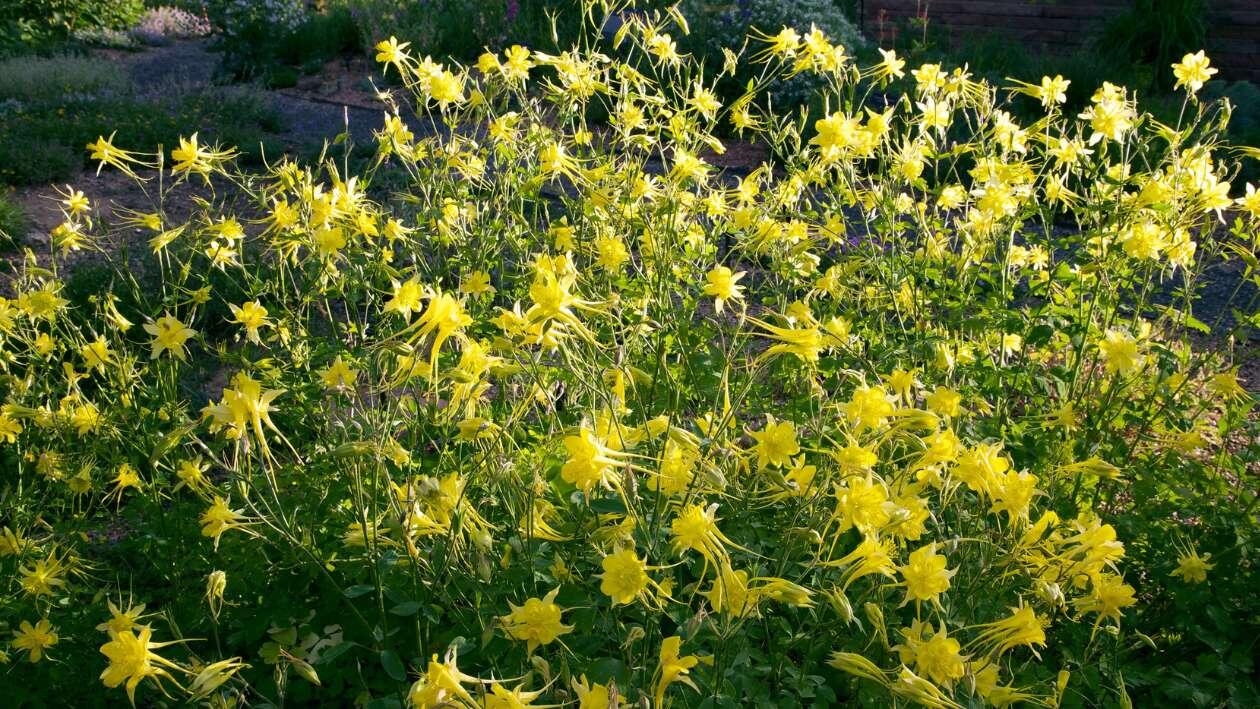
Mid-Summer Bloomers
Wild Bergamot (aka, Beebalm)
Monarda fistulosa
This tall, native perennial has flowers that resemble whimsical pom-poms. The blooms offer nectar to bumblebees, hummingbirds, and other pollinators. Wild bergamot tends to grow best in moist, well-drained soils and sunny conditions, but it can tolerate drought, clay, and light shade.

Red Birds in a Tree
Scrophularia macrantha
This Southwestern wildflower attracts hummingbirds year after year. It produces charming, red flowers that look like little songbirds perched on tree branches. Related to penstemons, this regional native thrives in Colorado, Utah, and Wyoming landscapes, including higher-elevation gardens.
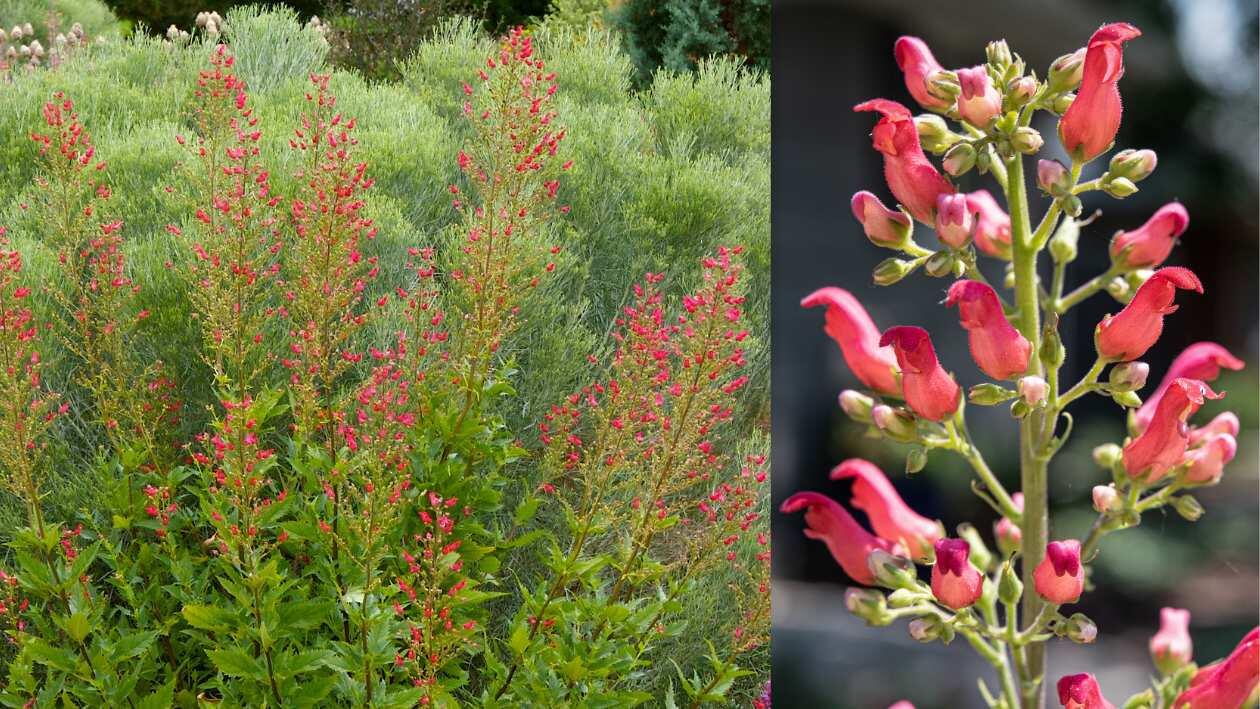
Red Yucca
Hesperaloe parviflora
A tough-as-nails plant that feeds hummingbirds? Yes, please! This regionally native plant is a problem solver for hot, dry, and sunny spots in western landscapes—as long as they’re well-drained. Hummingbirds feed from the coral-pink, trumpet-shaped flowers that emerge on tall spikes.

Late Summer to Early Fall Bloomers
Hummingbird Trumpet
Epilobium canum subspecies garrettii (formerly, Zauschneria garrettii)
Hummingbird trumpet is a vibrant, fast-spreading groundcover that grows well at both lower and higher elevations. Happiest in full sun, it gets masses of scarlet-orange flowers that attract hummingbirds. This subspecies is native to Utah, Wyoming, and Idaho.
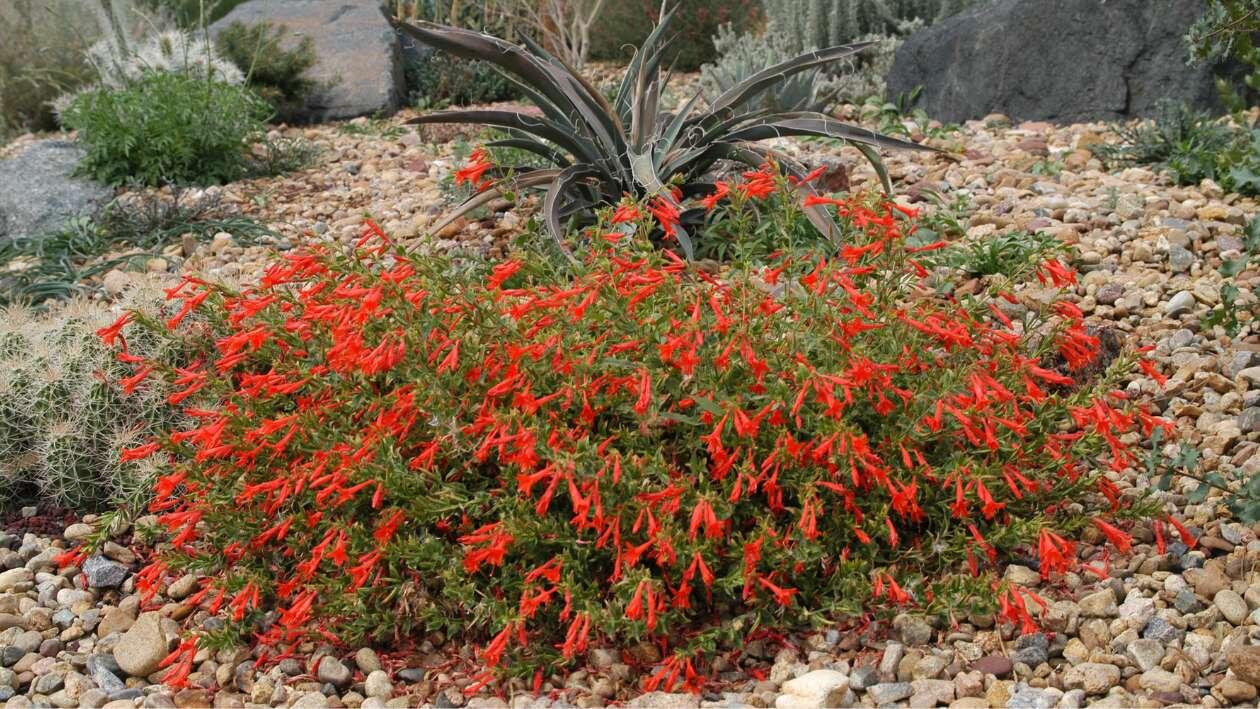
Hyssop (aka, Hummingbird Mint)
Agastache rupestris, Agastache cana & similar species
Western hyssops have thin, tubular flowers that attract hummingbirds, butterflies, and native bees. Hyssops offer a late-season nectar source for migrating hummingbirds after many plants have stopped blooming. Best for lower elevation gardens.
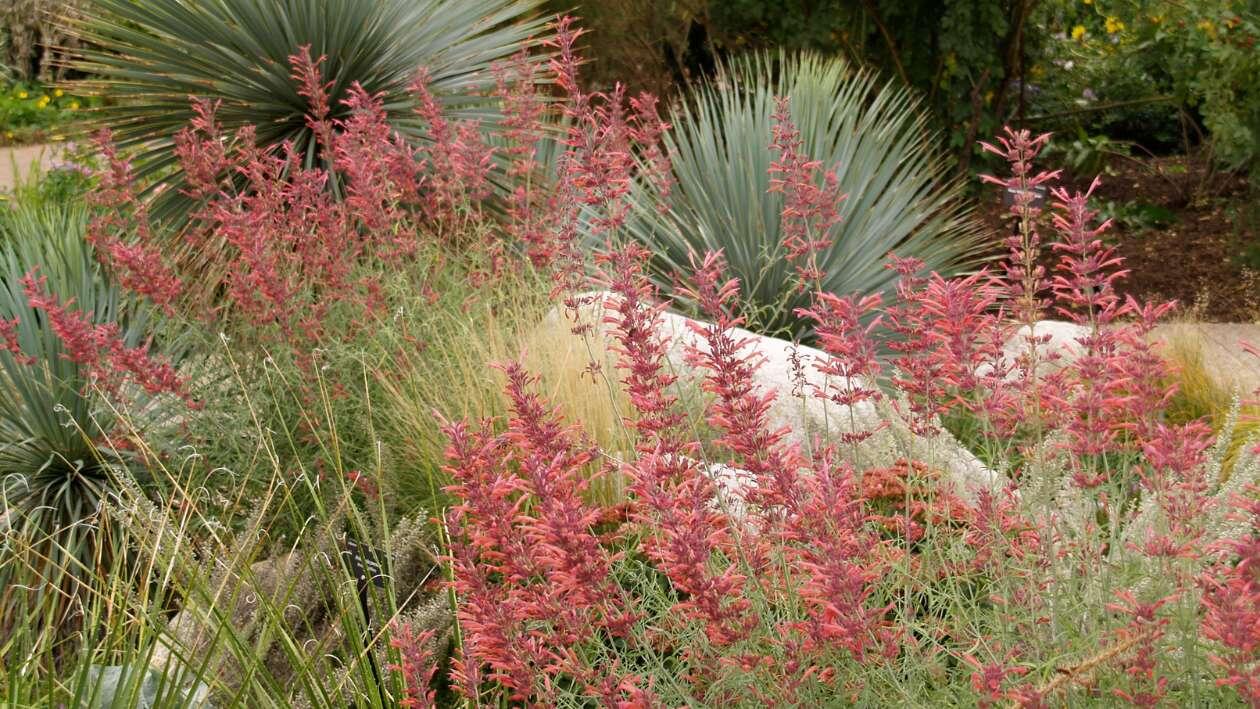
Western Salvia (aka, Western Sage)
Salvia greggii, Salvia darcyi & similar species
Native to the Southwest, western salvias are long-blooming, sun-loving perennials that thrive in the heat. These woody perennials have nectar-rich flowers that attract hummingbirds and bumblebees. Best for hot, lower-elevation gardens in Colorado, Utah, and Wyoming.
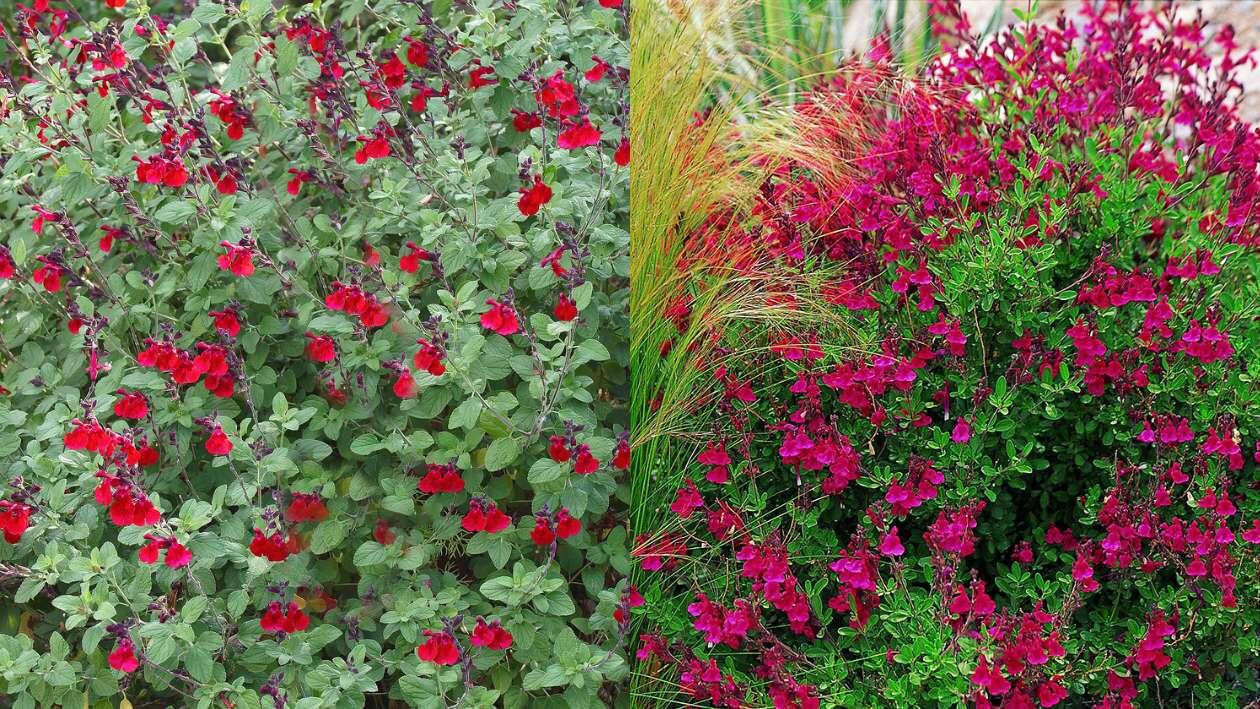
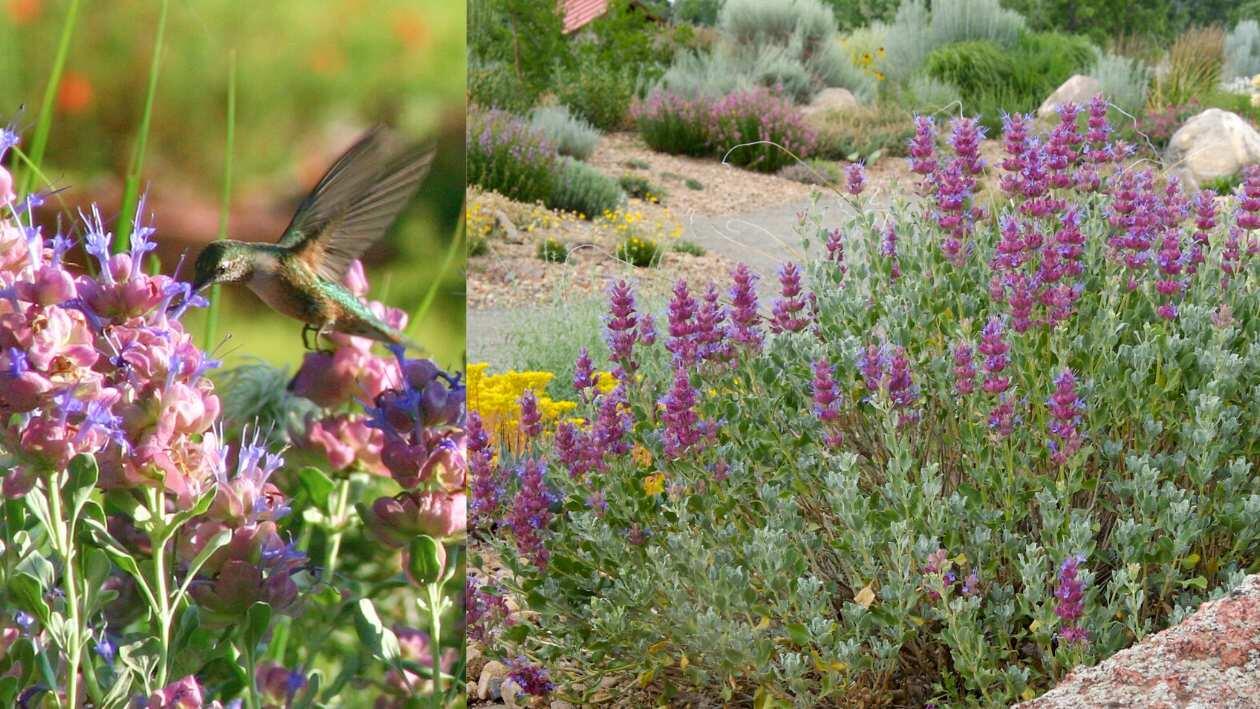
You can find more regionally native plants for hummingbirds here.

